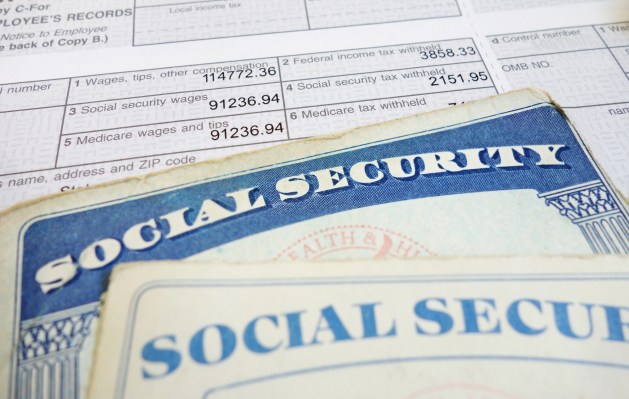Editor’s note: Julie Lockner is the vice president of data security and archive at Informatica.
It’s probably no surprise to the security professional community that once again, identity theft is among the IRS’s Dirty Dozen tax scams. Criminals use stolen Social Security numbers and other personally identifiable information to file tax claims illegally, deposit the tax refunds to rechargeable debit cards, and vanish before the average citizen gets around to filing.
Since the IRS began publishing its “Dirty Dozen” list to alert filers of the worst tax scams, identity theft has continually topped the list since 2011. In 2012, the IRS implemented a preventive measure to catch fraud prior to actually issuing refunds, and issued more than 2,400 enforcement actions against identity thieves. With an aggressive campaign to fight identity theft, the IRS saved over $1.4 billion in 2011 and over $63 billion since October 2014.
That’s great progress – but given that of the 117 million tax payers who filed electronically in 2014, 80 million received on average $2,851 directly deposited into their bank, which is more than $229 billion changing hands electronically. The pessimist in me has to believe that cyber criminals are already plotting how to nab more Social Security numbers and e-filing logins to tap into that big pot of gold.
So where are criminals getting the data to begin with? Any organization that has employees and a human resources department collects and possibly stores Social Security numbers, birthdays, addresses and income either on-premises or in a cloud HR application. This information is everything a criminal would need to fraudulently file taxes. Any time a common business process is digitally transformed, or moved to the cloud, the potential risk of exposure increases.
As the healthcare industry transforms to electronic health records and patient records, another abundant source of Social Security numbers and personally identifiable information increases the surface area of opportunity. When you look at the abundance of Social Security numbers stolen in major data breaches, such as the case with Anthem, you start to connect the dots.
One of my favorite dynamic infographics comes from the website Information is Beautiful entitled, ‘World’s Biggest Data Breaches.’ When you filter the data based on number of records versus sensitivity, the size of the bubbles indicate the severity. Even though the sensitivity score appears to be somewhat arbitrary, it does provide one way to assess the severity based on the type of information that was breached:
| Data Breached | Sensitivity Score |
| Just email address/online information | 1 |
| SSN/personal details | 20 |
| Credit card information | 300 |
| Email password/health records | 4000 |
| Full bank account details | 50000 |
What would be an interesting addition is how many records were sold on the black market that resulted in tax or insurance fraud.
Cyber-security expert Brian Krebs, who was personally impacted by a criminal tax return filing last year, says we will likely see “more phony tax refund claims than last year.” With credentials for TurboTax and H&R Block marketed on black market websites for about 4 cents per identity, it is hard to disagree.
The Ponemon Institute published a survey last year, entitled The State of Data Centric Security. One research finding that sticks out is when security professionals were asked what keeps them up at night, and more than 50 percent said “not knowing where sensitive and confidential data reside.” As we enter full swing into tax season, what should security professionals be thinking about?
Data Security Intelligence promises to be the next big thing that provides a more automated and data-centric view into sensitive data discovery, classification and risk assessment. If you don’t know where the data is or its risk, how can you protect it? Maybe with a little more insight, we can at least reduce the surface area of exposed sensitive data.
